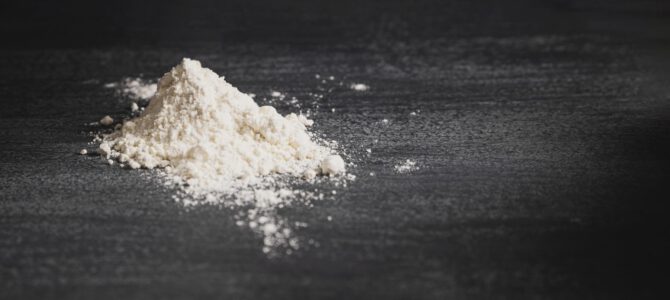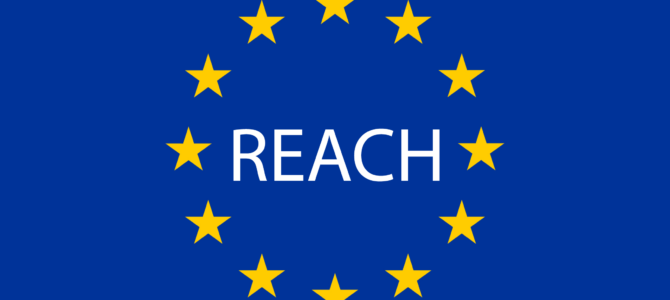
EkotoxInfo 2025 – Newsletter
Current issue of EkotoxInfo
We provide important information on EU legislation on chemicals and products, and chemicals management:
- REACH Conference 2025 – Katowice/Chorzów, 22–23 September – last chance to register.
- New exposure limits for chemicals (CMRD) – revision of the directive on carcinogenic and reprotoxic substances.
- Three new substances as SVHC – ECHA proposes adding, among others, n-hexane and bisphenol F to the Candidate List.
- Verification of SME status in REACH-IT – risk of an additional fee of up to EUR 19,900.
- Titanium dioxide (TiO₂) – annulled classification as “possibly carcinogenic”, research on nanoforms continues.
___________________________________________________________________________
- REACH Conference 2025 – Katowice/Chorzów, 22–23 September
On 22–23 September 2025, the REACH Conference 2025 will take place – the most important industry event in Poland, dedicated to chemical regulations in the European Union and worldwide. This is a unique opportunity to meet with experts, regulators, representatives of the largest chemical companies and industry organisations, as well as practitioners from the SME sector. This year, the conference program will be enriched by presentations from four representatives of the European Commission, as well as a speaker from the European Parliament.
During two intensive days, you will learn about:
- Forthcoming changes in EU chemical legislation – including the revision of the REACH Regulation, new obligations under CLP, and PFAS restrictions.
- The perspective of EU institutions – as many as four representatives of the European Commission and a representative of the European Parliament will present plans and directions for legislative changes.
- GPSR and the European Digital Product Passport – DIGITALEUROPE will present the key aspects of new digital regulatory tools, which will be of major importance for the entire EU product market.
- Voices of industry and trade associations – Cosmetics Europe, A.I.S.E., DUCC, Fecc, BASF, ExxonMobil and others will share experiences and practical challenges.
- Implementation of the new chemical legislation in Ukraine – expert panel of Ekotox Centers.
- Discussion on business realities – particularly from the perspective of small and medium-sized enterprises.
The conference is not only about lectures – it also includes panel discussions, Q&A sessions, networking opportunities, and an evening dinner, which fosters the exchange of experience in a less formal setting.
The event attracts participants from all over Europe – representatives of up to 20 countries, including 35 representatives of national authorities and inspectorates. Participation is possible both in person in Katowice/Chorzów and online.
📍 Venue: Hotel Diament Arsenal Palace, Katowice/Chorzów
📅 Date: 22–23 September 2025
👉 Register and secure your place
Do not miss the opportunity to gain up-to-date knowledge, ask questions to experts, and prepare your company for the upcoming changes in chemical legislation.
_________________________________________________________________________________
New exposure limits for chemicals (CMRD)
The European Commission has proposed the sixth revision of the CMRD Directive, updating occupational exposure limit values for substances including cobalt, PAHs, and 1,4-dioxane. The changes mean the need to verify workplaces, additional obligations for employers regarding worker protection, and the updating of section 8 of safety data sheets.
More information: https://ekotox.eu/news/proposal-for-new-exposure-limit-values-for-chemicals/
___________________________________________________________________________
Proposal to identify 3 new substances as SVHC
ECHA plans to add three substances of very high concern (SVHC) to the Candidate List: n-hexane, bisphenol F, and fluorinated bisphenol. This implies, among other things, the obligation to inform customers about the presence of these substances in articles and possible notifications to the SCIP database.
More information: https://ekotox.eu/news/proposal-to-include-3-new-substances-as-svhcs/
_________________________________________________________________________________
Verification of enterprise size in REACH-IT
ECHA actively verifies the accuracy of declarations concerning SME status when registering substances. Incorrect data may result in an administrative fee of up to EUR 19,900. Companies should review and, if necessary, correct their information in the REACH-IT system.
More information: https://ekotox.eu/news/size-verification-of-the-company-in-reach-it/
__________________________________________________________________________________
Titanium dioxide (TiO₂) – annulled classification
The Court of Justice of the European Union has confirmed the annulment of the classification of TiO₂ as a substance “possibly carcinogenic by inhalation.” The substance remains widely used, while research on its safety – particularly concerning nanoparticles – continues.
More information: https://ekotox.eu/news/titanium-dioxide-tio%e2%82%82-annulled-classification-and-current-state-of-research/
—————————————————————————————————————————
EKOTOX CENTERS – a consultation and advisory group focused primarily on legal requirements on the EU market for products (products), mixtures and chemicals, hazard and risk assessment. We cover a wide range of regulatory areas to help our customers meet the specific requirements of their products in the EU market.
EKOTOX CENTERS:
Ekotox Hungary Kft., HUNGARY
CENTRUL EKOTOX S.R.L. ROMANIA
Centrum Ekototoxiclogiczne Sp. z o.o., POLAND
Ecotoxikologicke centrum CZ s.r.o., CZECH REPUBLIC
“ЕКОТОКС ЦЕНТР УКРАЇНА”, Ekotox Center Ukraine LLC., UKRAINE
Ecotoxicologické Centrum Bratislava s.r.o., SLOVAKIA
————————————————————————————————————————
RECH CONFERENCE 2025 – More information and registration: https://ekotoxtraining.com/events/reach-conference-2025/
Advisory support of EKOTOX CENTERS: https://ekotox.eu/
Ekotox Linkedin: https://www.linkedin.com/company/6376178/









